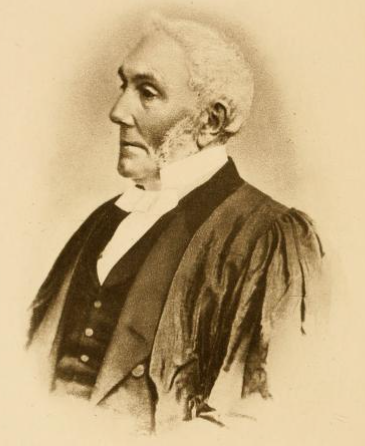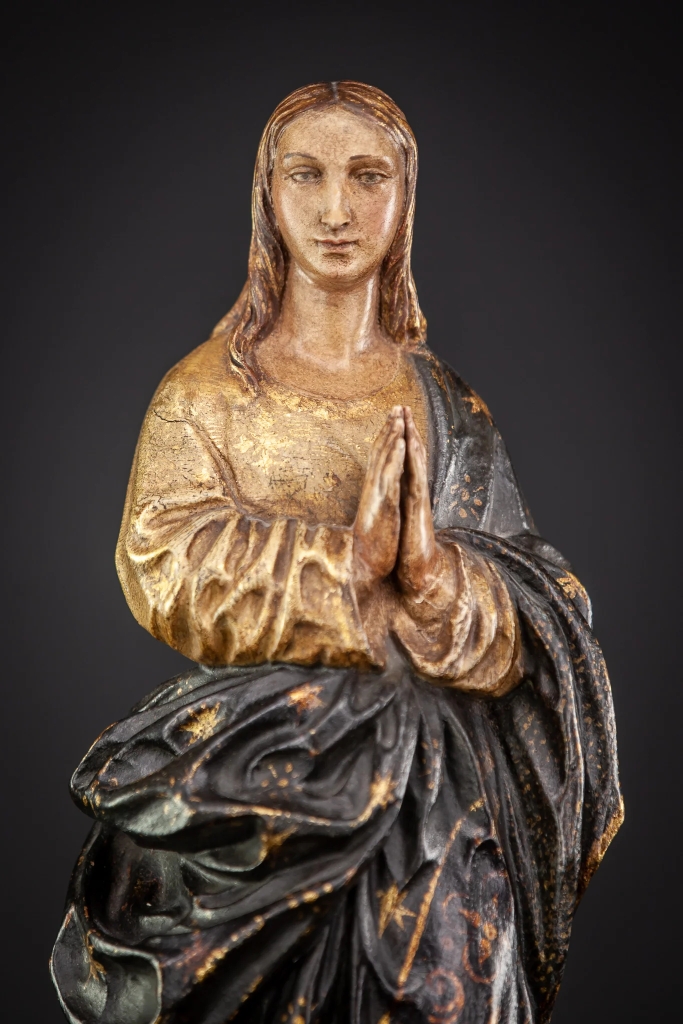Living in the East Neuk of Scotland is always full of wonderful surprises, and recently I became aware that one of the most important nineteenth-century historians of the Scottish kirk was a minister for many decades in my home village of Anstruther before he passed away in 1872. His church, the oldest parts of which date to the middle ages, is now the Dreel Halls, a wonderful facility where many civic events take place on any given weekend (the other parish church, Anster Easter, built in the later 1500’s, now serves as the parish church).

The Dreel Halls today

A painting of Anstruther Wester Kirk from 1842
The Reverend Hew Scott (1791-1872) was minister of Anstruther Wester parish from 1839 until his death in 1872. He attended for a time the University of Edinburgh, and then received his degrees from Aberdeen. As part of working his way through university he took on various jobs as assistant researcher and librarian, and doing this work made him aware of the need to put together a compendium of detailed biographies of every minister and parish in the Kirk since the Reformation. This resulted in his great accomplishment, the comprehensive, multi-volume work, Fasti Ecclesiae Scoticanae: The succession of ministers in the parish churches of Scotland, from the reformation, A.D. 1560, to the present time. This incredible work of scholarship is a detailed, biographical record of each of the ministers of each of the parishes of the Church of Scotland from 1560 to 1870. It is regularly updated by the Church of Scotland until this day. Reverend Scott was given an honorary doctorate by the University of St Andrews as a tribute to this great work.

Thinking of Reverend Scott toiling away at this project while in my home of Anstruther is something I find particularly moving. Also, it is an important reminder of the vast amounts of scholarship, often local history, which countless parish ministers contributed over the centuries. It was poignant this weekend, on the eve of the 151st anniversary of his passing, to visit his grave, along with my daughter Meg Hyland who took the photos and transcribed the now almost-faded inscription on the stone, and think about his great accomplishments while looking out over Anstruther harbour and the sea.


Memorial stone of Hew Scott and his wife Sarah Kennedy

Inscription:
Erected by Jane Kennedy
In memory of
The Rev Hew Scott D.D. F.S.A.Sc
Minister for 33 years
Of Anstruther Wester
And Author of
Fasti Ecclesiae Scoticanae
Who died 12 July 1872
Aged 81 years
Also of her sister
Sarah Kennedy
Spouse of the above
Who died 1st of May 1874



